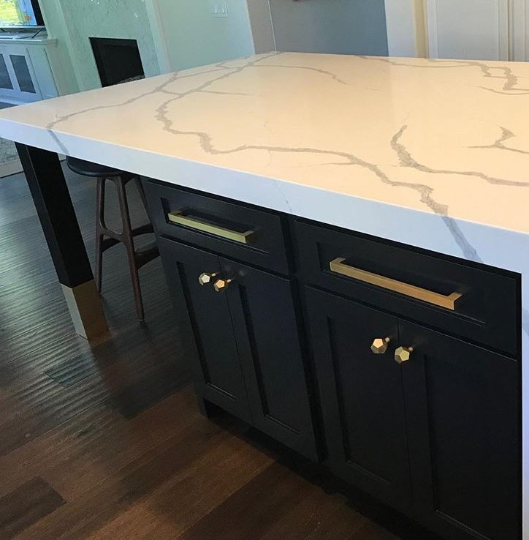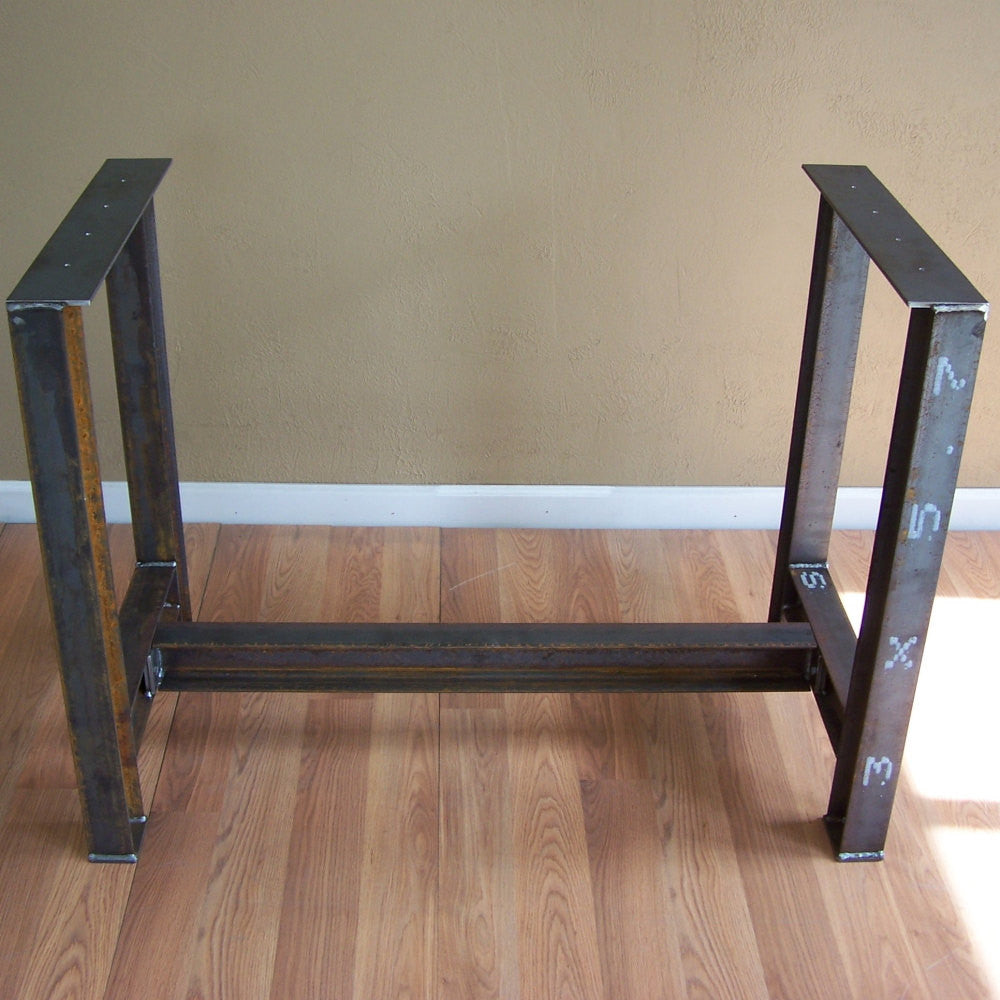Make The Most Of Adaptability with Flexible Legs For Kitchen Island Attributes
Make The Most Of Adaptability with Flexible Legs For Kitchen Island Attributes
Blog Article
Necessary Aspects to Take Into Consideration When Choosing Legs For Kitchen Area Island
Picking the appropriate legs for a cooking area island involves a cautious evaluation of several variables that can significantly influence both capability and aesthetic allure. As we discover these aspects, it becomes clear that each decision can have significant ramifications for the overall kitchen area experience.
Product Options
When selecting legs for a kitchen area island, recognizing the numerous material choices is essential for attaining both visual charm and architectural stability (Legs For Kitchen Island). The choice of material dramatically influences not only the durability of the island however likewise its total layout and performance
Metal legs, frequently made from stainless steel or functioned iron, add a contemporary and commercial feel while making certain sturdiness and stability. These products are immune to put on and can support significant weight, making them excellent for bigger islands.
One more alternative is crafted materials, like MDF or plywood, which can be much more economical while still offering a variety of coatings. However, they might not supply the exact same level of stability as strong timber or steel. Materials such as acrylic or glass can create a contemporary appearance, though they might need added support to guarantee security.
Inevitably, the selection of product for cooking area island legs should line up with the wanted capability and the total theme of the kitchen.
Style and Layout

When thinking about style, the shape and surface of the legs are important. Conical legs can supply a sense of lightness and elegance, while thicker, extra robust legs can convey strength and security. Furthermore, the surface-- be it painted, stained, or all-natural-- need to complement the kitchen cabinetry and countertop products to produce a unified look.
Furthermore, the design of the legs can also show individual preference. Personalized or attractive legs, such as those including intricate carvings or unique geometric shapes, can function as centerpieces, adding character and individuality to the kitchen. Inevitably, the best choice will certainly not only boost performance but likewise elevate the visual allure, making the kitchen island a standout function of the home.
Elevation Factors To Consider
Choosing the ideal height for kitchen area island legs is vital, as it directly affects both functionality and convenience. The typical elevation for a cooking area island usually ranges from 36 to 42 inches, aligning with usual kitchen counter heights.

It is likewise necessary to make up individuals' preferences and heights. Customizing the elevation can guarantee a comfortable experience for all member of the family, making the kitchen island a much more useful and enjoyable area.
Weight Assistance
Ensuring sufficient weight assistance for kitchen area island legs is crucial for both safety and functionality. The kitchen island frequently serves several functions, consisting of cooking, dining, and additional storage space, necessitating a durable assistance structure. When choosing legs, it is important to consider the overall weight capability needed based upon the island's planned usage and the materials that will be put on it.
The choice of product for the legs plays a significant function in their weight-bearing capabilities. Solid wood, metal, and sturdy composites typically provide exceptional strength contrasted to lighter materials. Additionally, the layout of the legs-- whether they are directly, tapered, or have a pedestal form-- can affect their capability to distribute weight successfully across the structure.
In addition, the leg placement read this post here should be purposefully intended to improve security. Legs positioned at the edges or with a larger base can better sustain heavier lots. Always moved here consult the maker's specifications pertaining to load limitations to ensure that the legs can sustain the designated weight without compromising security. In recap, selecting kitchen island legs with appropriate weight assistance is essential for producing a secure and functional cooking space.
Installment and Upkeep
Correct installation and upkeep of kitchen area island legs are vital for guaranteeing longevity and security. To begin, it is necessary to adhere to the producer's standards during installment. This typically entails protecting the legs to the island base utilizing appropriate bolts, guaranteeing that the legs are degree and straightened. Using a degree tool can assist protect against wobbling and boost the overall aesthetic charm of the cooking area island.
Once installed, regular maintenance is required to protect the stability and look of the legs - Legs For Kitchen Island. For wooden legs, regular cleaning with a moist fabric and application of appropriate timber gloss can protect against moisture damage and maintain their finish. Steel legs might call for a gentle cleaning solution to get rid of oil and gunk, followed by a dry towel to protect against rust formation
Additionally, check the legs consistently for indications of wear or damages, such as cracks or loosened joints. Tightening up screws or bolts as required can also extend the life-span of the legs. By adhering to these installment and maintenance methods, homeowners can make sure that their cooking area island remains strong and aesthetically appealing for years to come.
Final Thought

Aesthetic comprehensibility is vital in picking the style and design of legs for a kitchen island, as these elements greatly affect the general atmosphere of the space. Conical legs can supply a sense of agility and sophistication, while thicker, a lot more robust legs can convey strength and stability.Picking the proper elevation for kitchen island legs is crucial, as it directly affects both functionality and convenience. additional hints In summary, choosing kitchen island legs with ample weight support is crucial for producing a secure and functional culinary room.
In final thought, picking legs for a kitchen island requires mindful consideration of different variables, including material choices, design, elevation, weight assistance, and setup.
Report this page